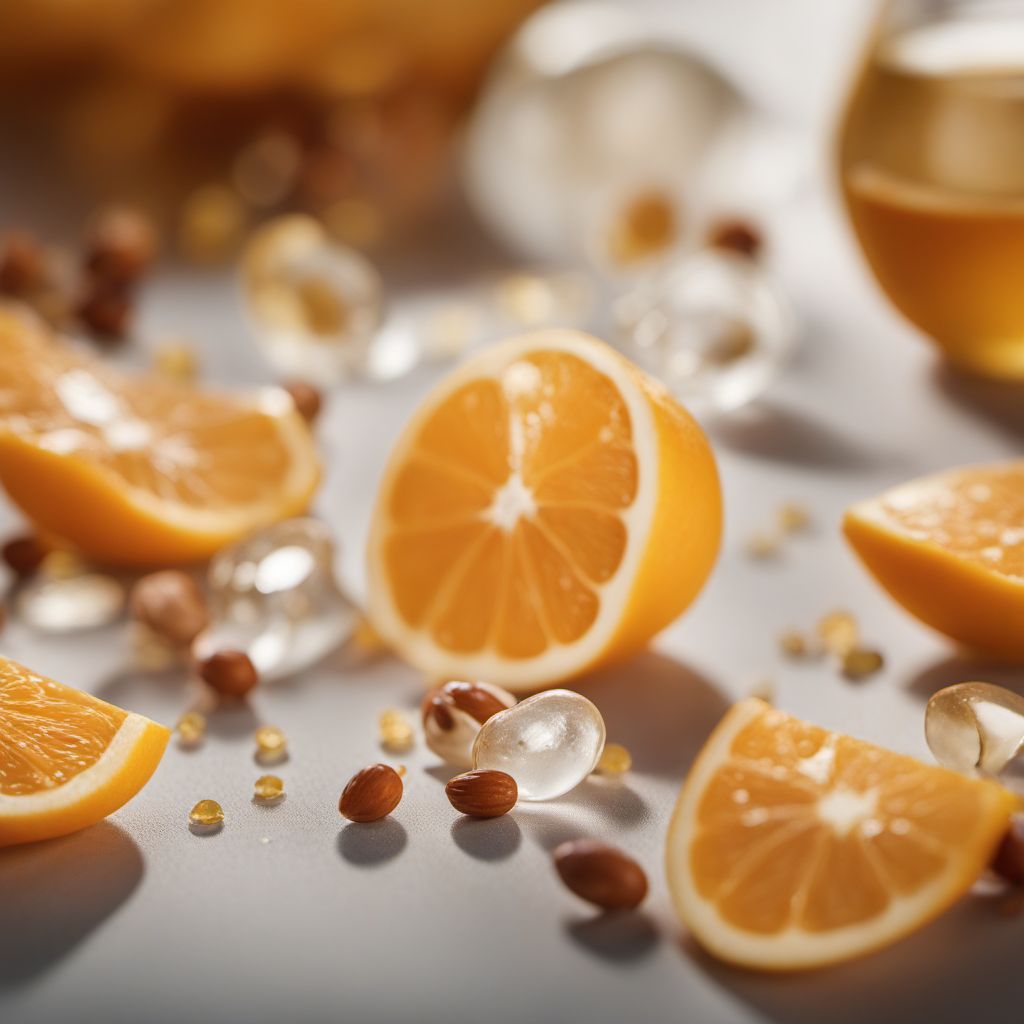
Ingredient
Potassium
The Essential Electrolyte: Unleashing the Power of Potassium
Potassium is a mineral that is essential for the proper functioning of the human body. It is a key electrolyte that helps regulate fluid balance, nerve function, and muscle contractions. This essential nutrient is found in a variety of foods, including fruits, vegetables, legumes, and dairy products. Potassium has a soft, silvery-white appearance and is highly reactive, making it an important element in various chemical reactions. In terms of taste, potassium itself is not flavorful, but it enhances the overall taste of foods by balancing out other flavors and reducing bitterness.
Origins and history
Potassium is a naturally occurring element that was first discovered in 1807 by Sir Humphry Davy. It is the seventh most abundant element in the Earth's crust and is widely distributed in nature. Historically, potassium compounds were used in various industries, including glass manufacturing and soap production. In terms of culinary history, potassium-rich foods have been consumed for centuries, with early civilizations recognizing their nutritional value and health benefits.
Nutritional information
Potassium is a vital mineral that supports proper muscle and nerve function, helps maintain healthy blood pressure levels, and aids in the balance of fluids in the body. It is also important for heart health and plays a role in maintaining bone density. A 100-gram serving of potassium provides approximately 350 milligrams of this essential mineral.
Allergens
Potassium itself is not an allergen, but some individuals may have allergies or sensitivities to certain foods that are high in potassium, such as bananas or avocados.
How to select
When selecting potassium-rich foods, look for fresh produce that is firm, without any signs of bruising or decay. Choose fruits and vegetables that are vibrant in color, as this indicates higher nutrient content. For packaged foods, check the label for potassium content and choose products with minimal additives or preservatives.
Storage recommendations
To maintain the freshness and quality of potassium-rich foods, store them in a cool, dry place away from direct sunlight. Some fruits and vegetables, such as bananas and avocados, can be stored at room temperature until ripe, and then refrigerated to slow down the ripening process.
How to produce
Potassium cannot be produced by amateurs as it is an element found naturally in the Earth's crust. However, individuals can incorporate potassium-rich foods into their diet by growing fruits and vegetables in their own gardens or participating in community-supported agriculture programs.
Preparation tips
Potassium-rich foods can be enjoyed in a variety of ways. Fruits can be eaten fresh, added to smoothies, or used in desserts. Vegetables can be steamed, roasted, or sautéed to preserve their potassium content. To retain the maximum amount of potassium, avoid overcooking or boiling foods for extended periods.
Culinary uses
Potassium-rich foods are commonly used in a wide range of culinary applications. Bananas are a popular ingredient in smoothies, baked goods, and breakfast dishes. Avocados are often used in salads, sandwiches, and as a creamy addition to various recipes. Potatoes can be boiled, mashed, or roasted, and are a staple in many cuisines around the world.
Availability
Potassium-rich foods are commonly available in most regions and countries. Fruits like bananas and avocados are widely cultivated and can be found in grocery stores and supermarkets throughout the year. Vegetables such as potatoes, spinach, and tomatoes are also readily available.
More ingredients from this category » Browse all

Chromium
The Mighty Mineral: Unveiling the Power of Chromium
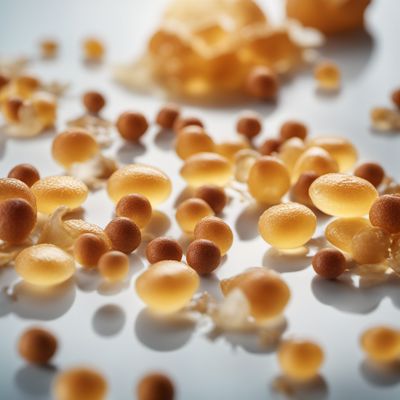
Fluorine
"The Mighty Element: Unleashing the Power of Fluorine"
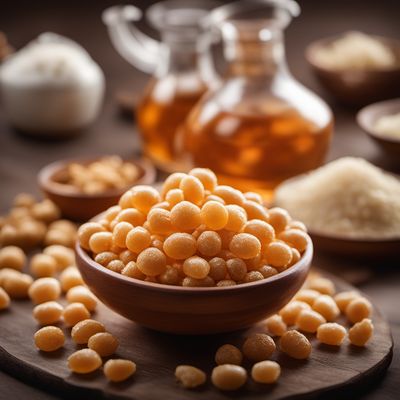
Phosphorus
The Essential Mineral
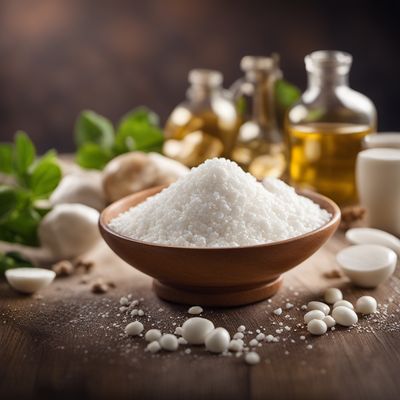
Selenium
"The Mighty Mineral: Unleashing the Power of Selenium"

Copper
The Versatile Element: Unleashing the Power of Copper
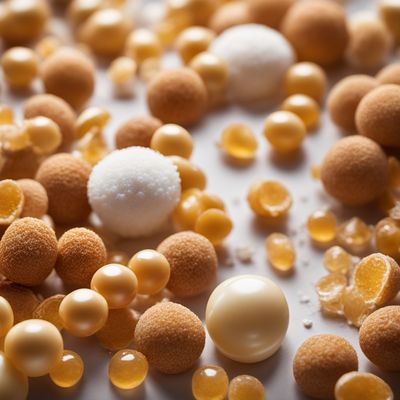
Magnesium
"The Mighty Mineral: Unleashing the Power of Magnesium"

Zinc
The Mighty Mineral: Unleashing the Power of Zinc
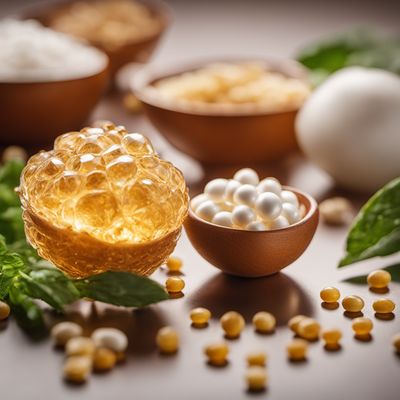
Molybdenum
The Essential Trace Mineral

Iodine
"The Essential Element: Unveiling the Power of Iodine"

Bromine
The Versatile Element of Bromine
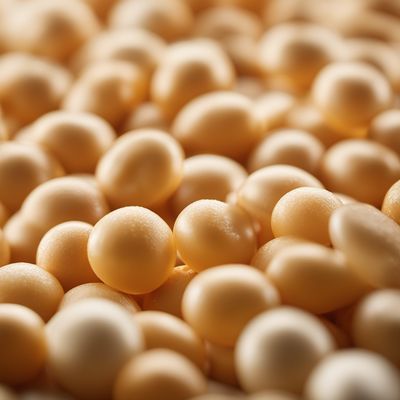
Manganese
The Mighty Mineral: Unveiling the Power of Manganese
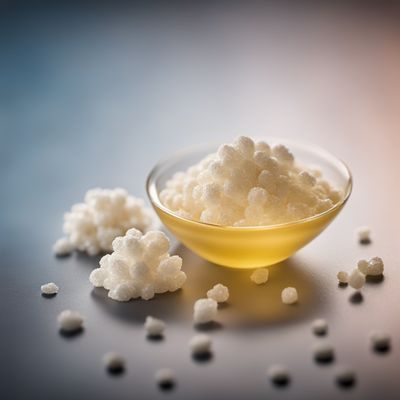
Calcium
The Mighty Mineral: Unleashing the Power of Calcium